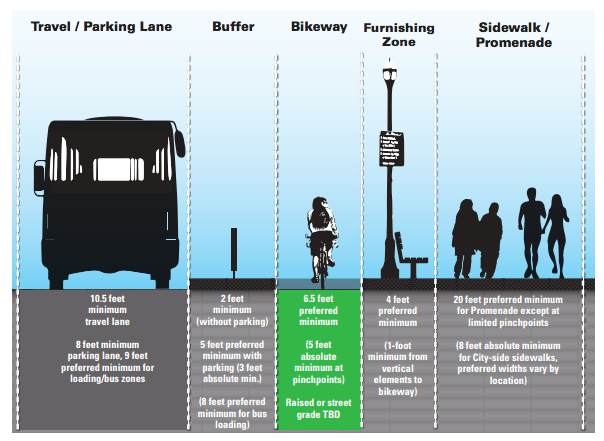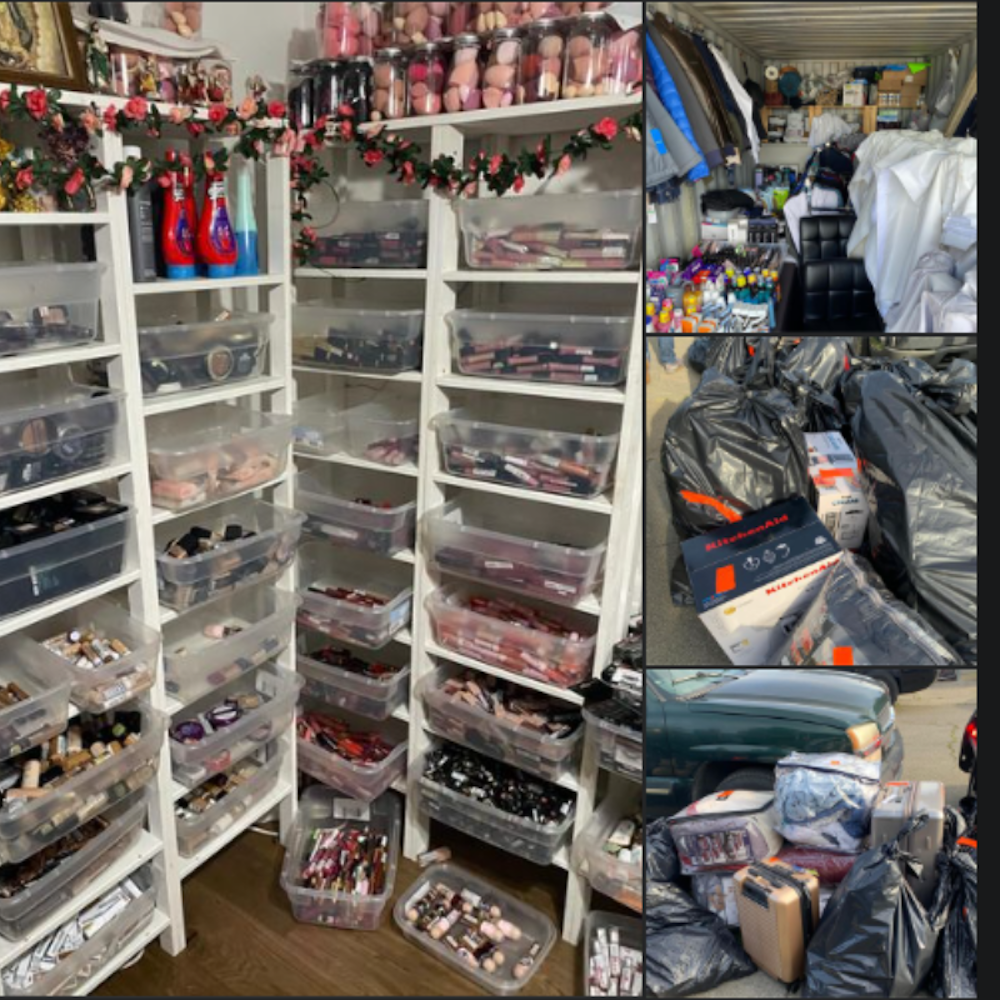
The new bike lanes planned for the Embarcadero are still on the way, though they remain very much in the planning stage—they won’t be implemented until there’s agreement about what they should look like, and the city finds the funds to install them.
The project is in the design phase now, with dates for environmental review and implementation still to be decided. But time is ticking: as development along the waterfront continues, the scenic stretch of road between AT&T Park and Fisherman’s Wharf attracts more cars, pedicabs, pedestrians and bicyclists.
"This growth has led to public safety concerns on The Embarcadero, as conflicts between people walking and biking as well as vehicles accessing The Embarcadero piers have grown," notes the SFMTA's Embarcadero Enhancement Project page. "The Embarcadero is now on the City’s 'High Injury Network,' a collection of streets that represent just 6 percent of all city streets but account for 60 percent of severe and fatal pedestrian injuries."

For many merchants and drivers, traffic is already untenable. “Brutal” is the word used by Mac Leibert, manager at Pier 23 Cafe, the lively bar and restaurant on the edge of the bay. Leibert, like many people we talked to, is all for protected lanes for bicyclists, as long as they don't take away from car lanes.
Byron Rhett, director of planning and development for the Port of San Francisco, says the upcoming changes will benefit all who use the area. “First and foremost, this is a public safety project.”
While bikes are legally permitted on the Embarcadero's Promenade, fast-moving bicycles on the sidewalk are one of many points of conflict, as are increasingly busy areas around the Ferry Building, Fisherman’s Wharf and the ballpark.

We caught up with Michael Brown as he biked along the Promenade on a dry and quiet Saturday. Riding on the sidewalk from his Mission Bay home to his consultancy job is “fine for me personally,” he said. But if given the choice, he said he would use a protected bike lane. As far as others who share the pavement, “I go around pedestrians,” he said with a smile.
At an open house in November, staff from SFMTA (which will implement construction) and the Port (which oversees the planning process) presented possible scenarios to hundreds of interested neighbors, merchants and representatives from groups in North Beach, Telegraph Hill, Fisherman’s Wharf and South Beach. Two different designs were revealed: one-way bike lanes on each side of the street, or a two-way lane on the waterfront side. The chosen design could be announced this month.


The roadway would not be narrowed, but there would be significant reconstruction such as moving curbs or reconfiguring left-turn lanes, explained Patrick Golier, project manager for SFMTA, adding that the project was not just about bike lanes, but also about enhancing pedestrian safety.
Even more people are expected to drive, park, and bike along the Embarcadero if change comes to piers that are currently vacant or used in low-intensity ways, says Rhett, pointing out piers 19, 23, 29 and 31. “We’re trying to make sure our tenants have been considered and are part of this process,” he said.
Leibert believes Pier 27’s Cruise Terminal brings as many as 2,500 to 5,000 travelers to embarking ships.“ I get that traffic is part of a growing city. As long as we don’t make it worse ...” he said.
Chris Cassidy, communications director of the San Francisco Bicycle Coalition, also sees bike lanes as a safety issue. Deliveries along the Embarcadero are a “big issue,” according to Cassidy. New configurations could result in additional loading zones, as trucks frequently park in the bike lanes. One solution being considered is having an indent in the curb that's large enough for a delivery truck to pull in without blocking the bike lane.

The coalition is “keen to see the city take whatever approach data suggests,” Cassidy says. “[The Coalition's] big focus is physically protected bike lanes” for the Embarcadero, a thoroughfare Cassidy calls “ripe for improvement.”









